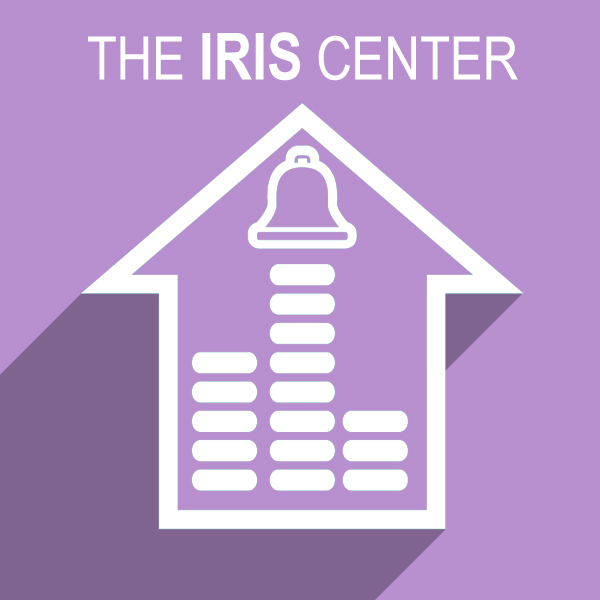Setting Accommodations
 Accommodations are adaptations or changes to educational environments or practices designed to help students with disabilities to overcome learning barriers presented by their disability. In general, instructional or testing environments should be well lit with a comfortable temperature, good ventilation, and minimal extraneous noise or other interruptions. Even under ideal conditions, however, some aspects of the environment or setting might present barriers for some students. These students might benefit from setting accommodations, which allow for a change in the environment or in how the environment is structured. They provide support that allows students with disabilities to achieve the same instructional goals as students without disabilities; however, keep in mind that setting accommodations:
Accommodations are adaptations or changes to educational environments or practices designed to help students with disabilities to overcome learning barriers presented by their disability. In general, instructional or testing environments should be well lit with a comfortable temperature, good ventilation, and minimal extraneous noise or other interruptions. Even under ideal conditions, however, some aspects of the environment or setting might present barriers for some students. These students might benefit from setting accommodations, which allow for a change in the environment or in how the environment is structured. They provide support that allows students with disabilities to achieve the same instructional goals as students without disabilities; however, keep in mind that setting accommodations:
- Do not change the expectations for learning
- Do not reduce the requirements of the task
- Do not change what the student is required to learn
The table below offers examples, though not an exhaustive list, of setting accommodations that address common barriers or challenges students experience when they access or demonstrate learning.
| Common Barriers | Example Setting Accommodations |
| Staying focused or maintaining attention |
|
| Regulating behavior (e.g., disruptive, distracts other students) |
|
| Seeing text or illustrations (e.g., too far from whiteboard, glare from windows) |
|
| Hearing information |
|
| Physically accessing resources or needed equipment/assistive technology |
|
| Organization of materials |
|
Following are examples of setting accommodations teachers can use to help students access or demonstrate learning.
Example 1:
Kaden is an energetic 10-year-old with ADHD. When assigned independent work, he is often distracted by the noise and movement within the classroom. To address this challenge, his teacher gives him a collapsible study carrel to put on his desk during independent seatwork.
Example 2:
Rae, a clever 15-year-old girl who has a learning disability, struggles to organize her instructional materials. The special education teacher helps Rae color-code her binders to help her organize the necessary materials (e.g., notes, class assignments) for each class.
Example 3:
Cierra is a six-year-old with autism spectrum disorder (ASD). She is highly sensitive to noise. The teacher gives her a set of noise-reducing headphones during independent seatwork to help her focus on her assignments.
Keep in Mind
It is possible to bundle accommodations within the same category (e.g., two setting accommodations) or from different categories (e.g., response and setting accommodations). However, teachers might want to start by implementing one accommodation. This will allow the teacher to collect data on a single accommodation, evaluate its effectiveness, and determine whether it is practical for use in the classroom. After effectively implementing one accommodation, the teacher can implement another that might benefit the student.